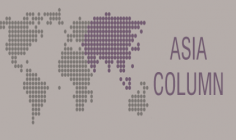Sep 21, 2015

CPI Asia Column edited by Vanessa Yanhua Zhang (Global Economics Group) present:
Electricity and Telecom Regulation: China in Context1 – Irene S. Wu2 (U.S. Federal Communications Commission)
Introduction
Electricity and communications services are both highly regulated infrastructure industries in most countries. While usually there is a historically state-owned monopoly, many countries have started to promote competition where possible. Around the world, however, telecom reforms are largely successful, while results of electricity reforms are mixed. China has implemented reforms in both sectors with significant success in terms of massive investment and increased subscribership. However, in both sectors there are longstanding problems that if unresolved will have significant opportunity costs in terms of growth and innovation.
In general, electricity and telecommunications markets differ in two respects. First, in telecom, wireline phone service now competes directly with mobile phone service. For electricity there is no direct competitors to the monopolist’s transmission and distribution system.3 Furthermore, the intermittent nature of electricity from sources like wind and solar generate further costs to the transmission grid, which is optimally designed for a steady generation electricity, not ebbs and flows according to daylight or wind conditions. Second, communications can easily be stored and conveyed later, el
...THIS ARTICLE IS NOT AVAILABLE FOR IP ADDRESS 216.73.216.85
Please verify email or join us
to access premium content!





